16 Companion Plants for Blueberries (With Pictures)
-
Pete Ortiz
- Last updated:

Freshly grown blueberries taste great, are loaded with antioxidants, vitamins, and minerals, and are surprisingly easy to grow in pots and containers. They can also be grown in beds and the garden but can be susceptible to pests and other problems, so they can benefit from having one or more companion plants.
The 16 Companion Plants For Blueberries
Below are 16 companion plants that are ideal for blueberries, and we have also included three plants that you should never grow in too close proximity to your blueberry bushes.
1. Azaleas
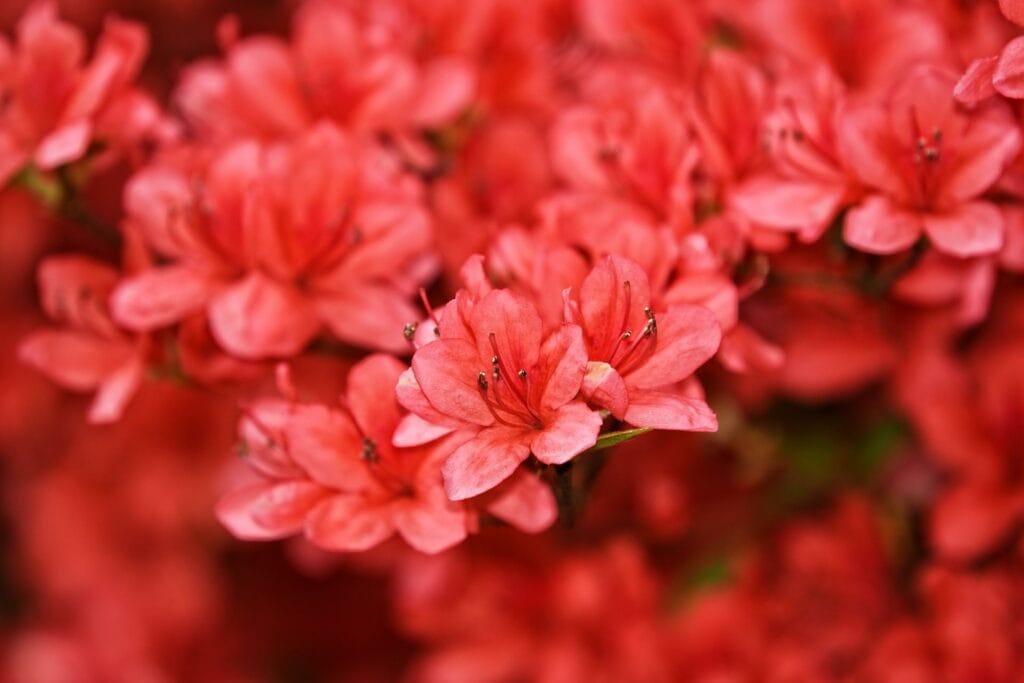
| Latin name: | Rhododendron |
There are a lot of good reasons to grow azaleas and rhododendrons as companion plants to blueberries. They like the same acidic soil, and they grow well under pine trees, which also make good blueberry companions.
However, while blueberries grow well in full sun, azaleas do require a little shade to give the best results, and they will bloom at the same time as your berries.
2. Basil
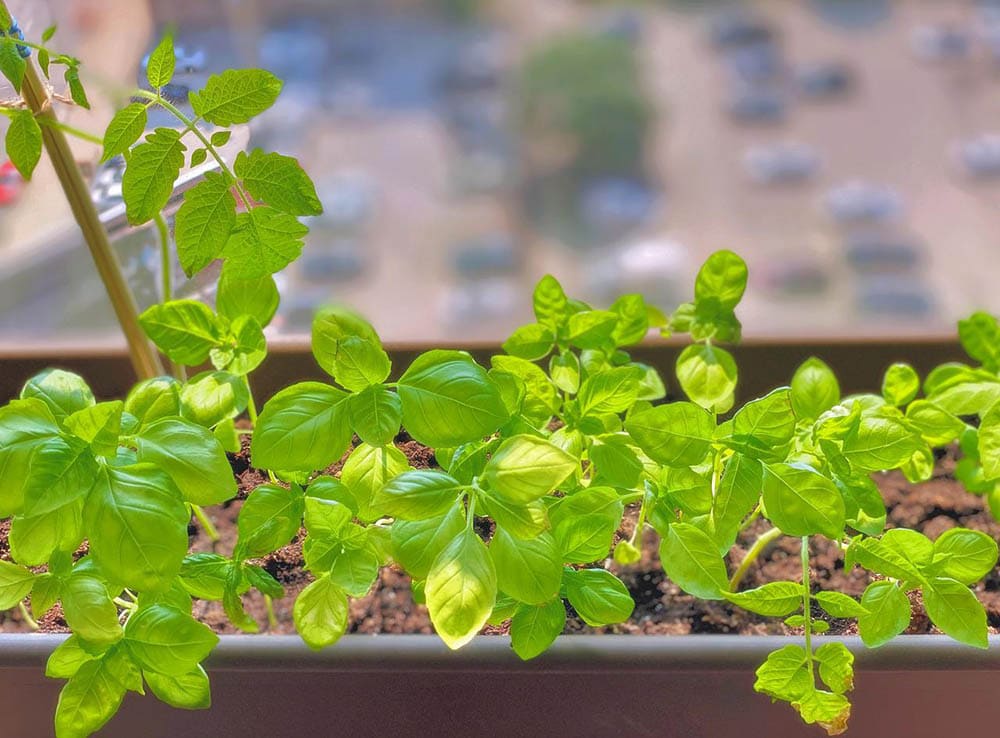
| Latin name: | Ocimum Basilicum |
Basil not only enjoys slightly acidic soil, meaning that it will grow well in similar conditions to blueberries, but this member of the mint family also has an herbal scent that will help deter pests. Blueberries can be prone to pests, which means that your basil plants will provide protection.
3. Beans

| Latin name: | Phaseolus vulgaris |
Beans are popular as companion plants in a lot of gardens and accompany many different types of plants. They are especially beneficial because they take the nitrogen in the soil and convert it into absorbable nitrogen that benefits all the plants around them. You can use climbing beans, peas, or other species of beans.
4. Borage
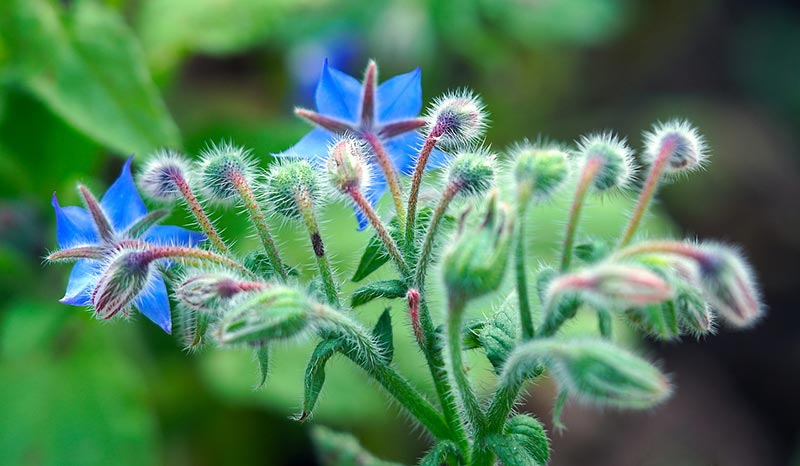
| Latin name: | Borago officinalis |
Borage plants are great at attracting pollinators, and once bees and butterflies arrive in your garden, they will be attracted to the blueberries. Blueberries are self-pollinators, which means that they have both male and female reproductive parts and don’t strictly need pollinators to assist, but they do help ensure better pollination and certainly don’t hurt. Borage also has pretty bell-shaped flowers that are a welcome addition to most gardens.
5. Columbine
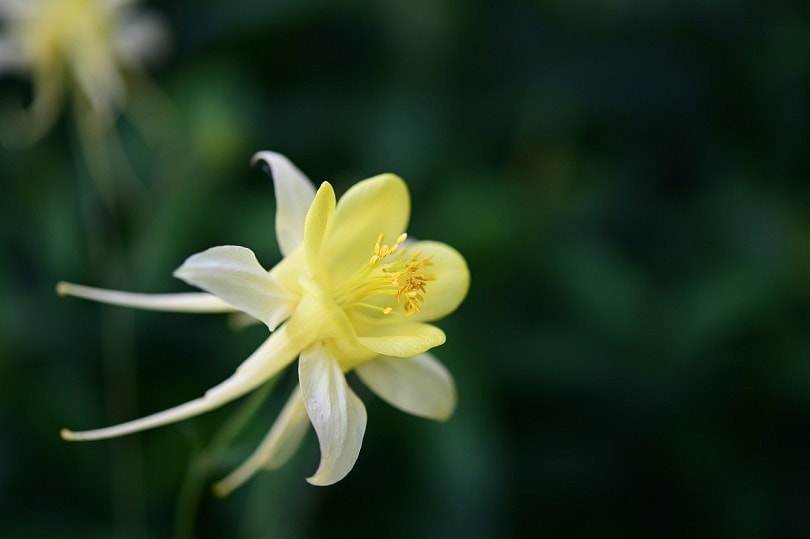
| Latin name: | Aquilegia vulgaris |
Another good plant for attracting pollinators is the impressive columbine. The plants can grow to a height of around 20 inches, so you will need to place them carefully to ensure they don’t put your blueberries in the shade. But they will bloom at around the same time as the blueberries and attract bees and butterflies to assist in pollination.
6. Comfrey
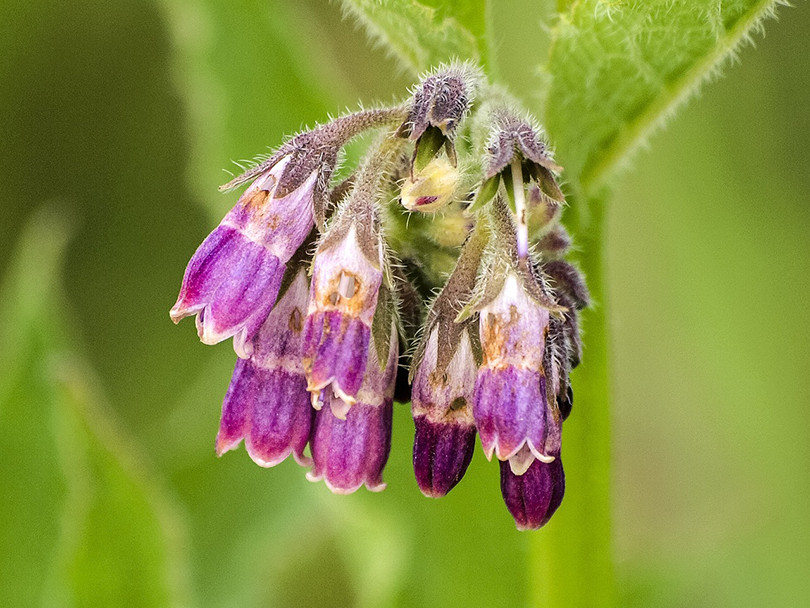
| Latin name: | Symphytum |
Comfrey is a good accompaniment to blueberry bushes but does require regular maintenance to ensure that this invasive species doesn’t overtake a blueberry garden. It thrives in moist, acidic soil, and as the leaves die off, they form a mulch that ensures the soil retains moisture, which blueberries love.
7. Cranberry
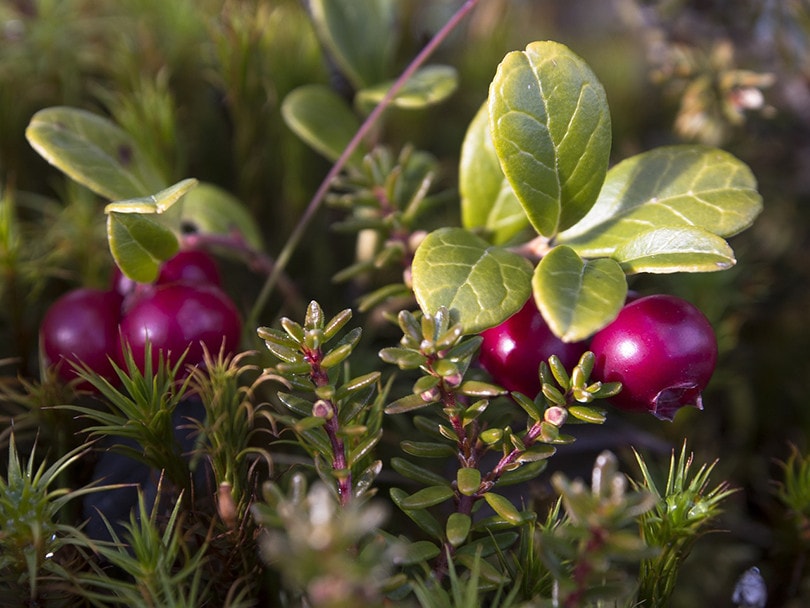
| Latin name: | Vaccinium oxycoccus |
Cranberry bushes have very similar growing requirements to blueberries, and by growing them both you can enjoy a varied stock of berries. There are different varieties of cranberry bush, and you should look for one that best fits your growing conditions. Popular varieties include Stevens and Wentworth, with the latter being preferred in floral arrangements.
8. Dogwood
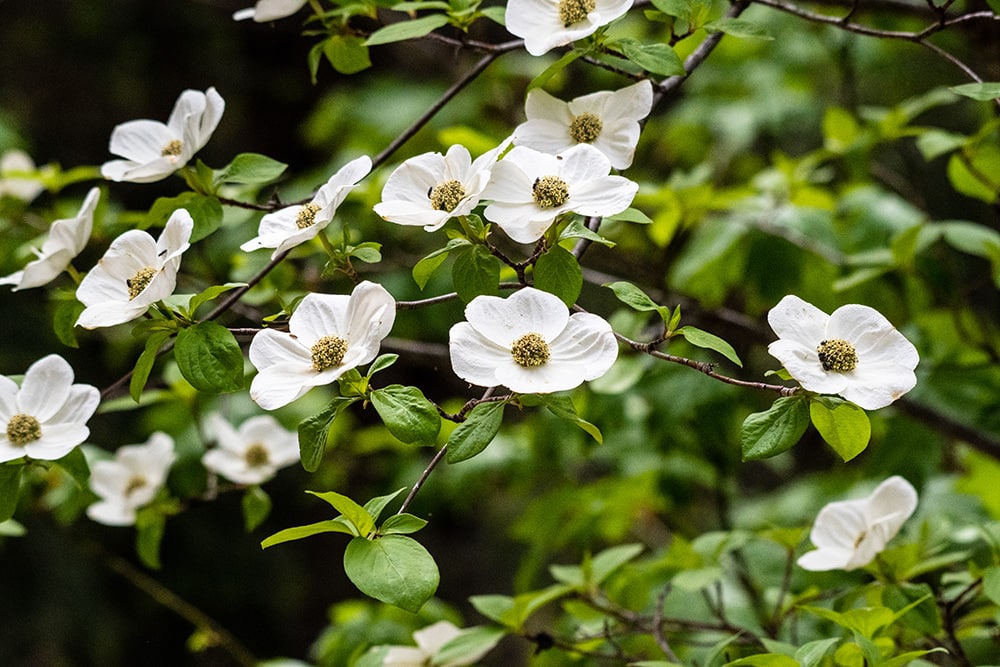
| Latin name: | Cornus |
If you have suitable growing conditions for blueberries then, by extension, you also have suitable soil pH and moisture levels for dogwood trees. The trees can grow tall, to around 30 feet in some cases, so you will need to ensure that they don’t encroach on your blueberries. Flower colors vary from white to red to match your garden colors.
9. Fern

| Latin name: | Tracheophyta |
Ferns are unique because they reproduce from spores rather than seeds. They do not flower, either, but they do enjoy moist soil and shaded areas, so they can be used to fill the darker areas of your blueberry garden. Ferns are typically low maintenance, and while they don’t flower, they do have a vibrant green color that looks stunning in most gardens.
10. Heather

| Latin name: | Calluna |
Heather provides excellent ground cover, and it attracts bees, butterflies, and other pollinators to a garden. It has pretty white or pink flowers, too, and it can grow well in acidic soil while lasting for years.
11. Holly
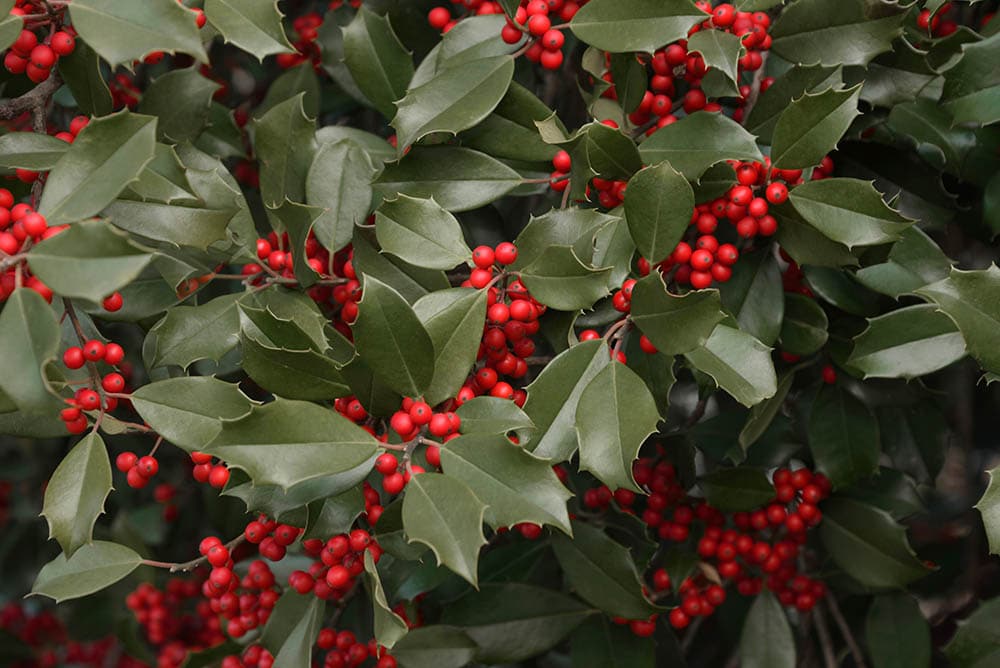
| Latin name: | Ilex |
Holly likes similar growing conditions to blueberry bushes, and it has the advantage of being a winter bloomer. Once the blueberry bush loses its autumn leaves, the holly will take over and provide a great aesthetic. Some bushes can grow very tall, but there are also low-growing hollies that can be used for ground cover.
12. Lilac
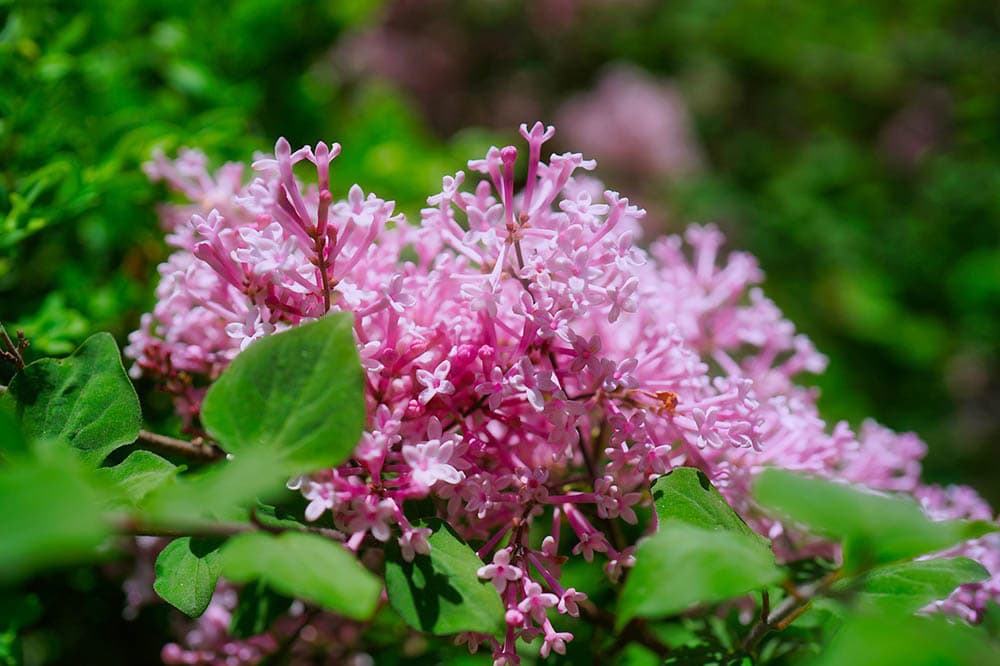
| Latin name: | Syringa vulgaris |
Lilac, which will bloom at the same time as your blueberry bushes, is considered easy to grow and will pull in a great variety of pollinators to your garden, benefiting your blueberry bushes in the process. Available in a range of colors, there are even some lilac plants that will bloom twice to give you double the pleasure each year.
13. Mountain Laurel
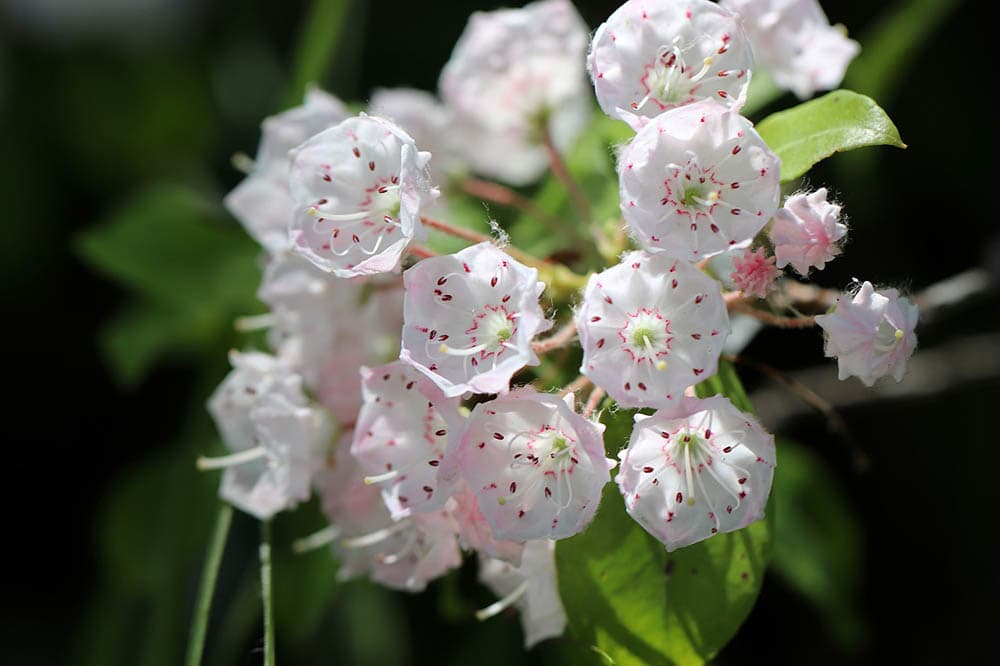
| Latin name: | Kalmia latifolia |
Mountain laurel is a popular companion for blueberry bushes because its large leaves help highlight the smaller leaves of the blueberry bushes. They are easy to care for, too, and some species are low-growing and will grow perfectly underneath your berries.
14. Pine Trees
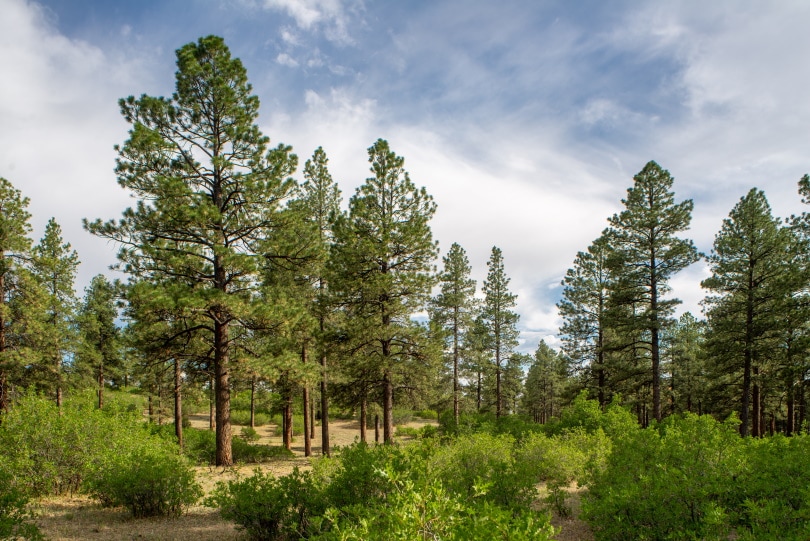
| Latin name: | Pinus |
Evergreen trees, including fir and spruce trees, can make good accompaniments to blueberry bushes. Pine trees also grow well in acidic soil, and when well-placed, they can provide some protection from the high afternoon sun if you live in a particularly sunny climate. They also help provide the acidic soil that your blueberries thrive on.
15. Strawberry

| Latin name: | Fragaria ananassa |
Strawberries enjoy sunny conditions and moist, well-draining soil. They can be planted as ground cover, which means that they won’t starve your blueberries of direct sunlight. They not only grow well together, but they make the perfect companions on plates and in bowls and desserts.
16. Thyme
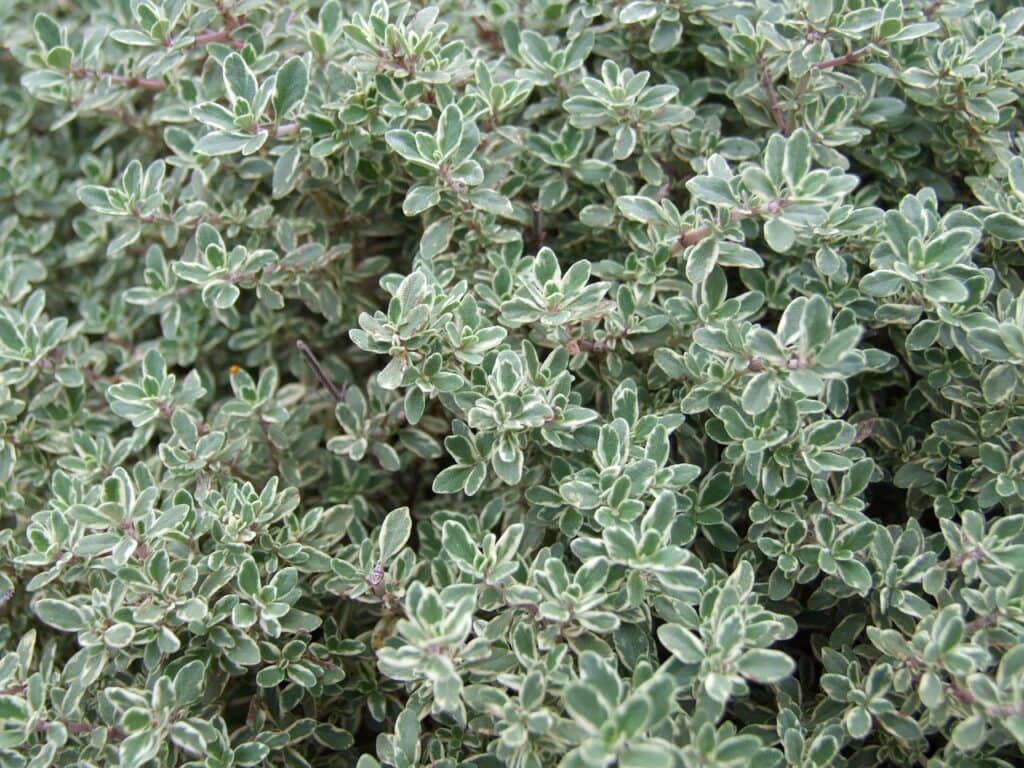
| Latin name: | Thymus vulgaris |
Thyme is another herbaceous plant that can deter pests, although it won’t be able to effectively get rid of a large infestation. It will help maintain moisture around the bushes while also preventing pesky weeds from growing.
 The 3 Worst Companion Plants for Blueberries
The 3 Worst Companion Plants for Blueberries
As well as finding ideal companion plants, you should also avoid planting certain flowers and bushes around the blueberries. Some may not grow in the same conditions, while others can attract the pests that blueberries are prone to. Below are three such plants to avoid.
1. Eggplants
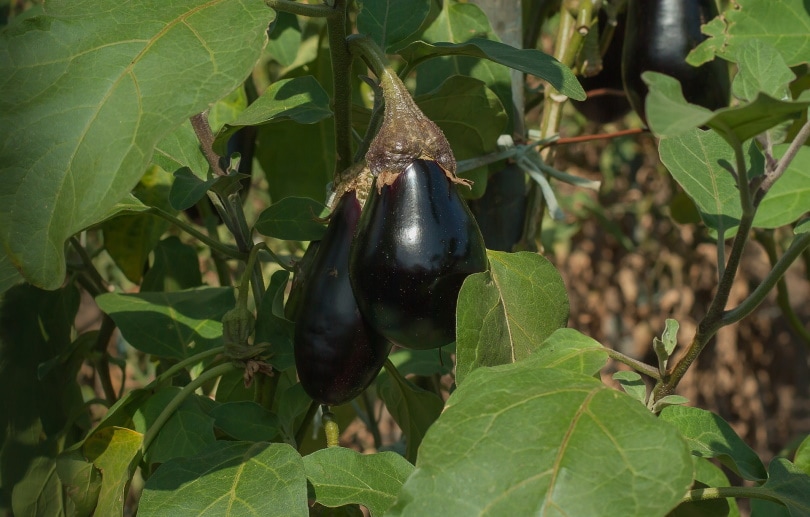
| Latin name: | Solanum melongena |
Eggplants are part of the nightshade family, and they require and use a lot of the nutrients in the soil. As such, planting them near your blueberries may starve the blueberries of the food that they need, making it a lot more difficult to enjoy a bumper blueberry crop.
2. Peppers
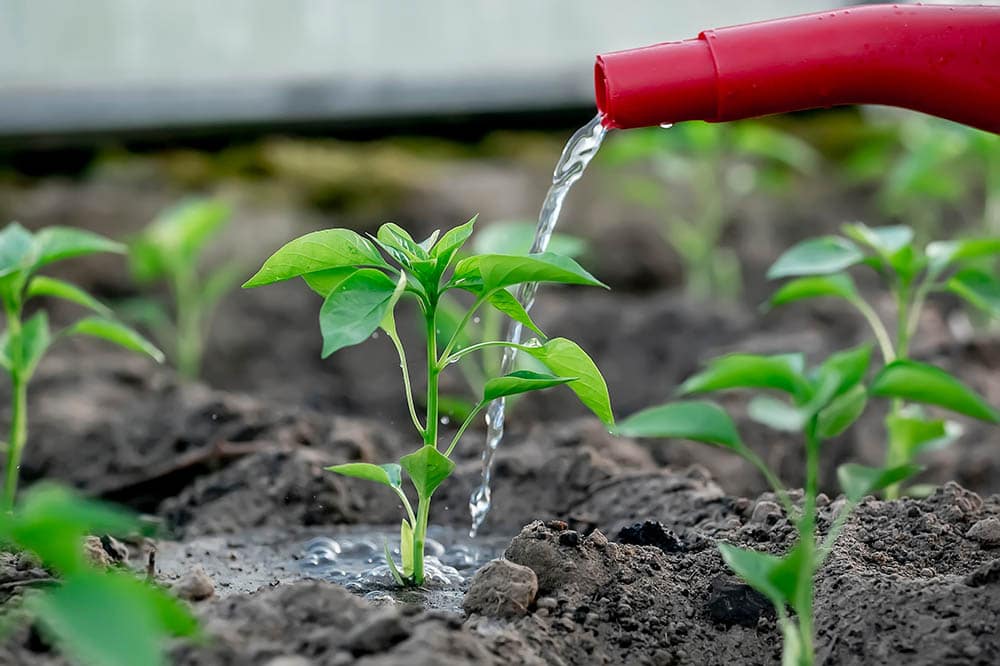
| Latin name: | Capsicum |
Similarly, another member of the nightshade family, peppers can starve your blueberries of the nitrogen found in acidic soil. Avoid planting these too close to your blueberries.
3. Potatoes
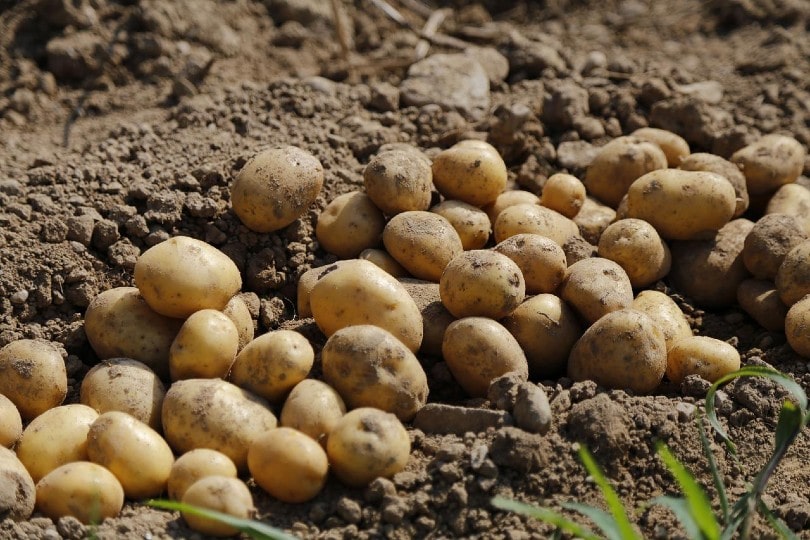
| Latin name: | Solanum tuberosum |
Potatoes are a member of the nightshade family and, as well as taking nutrients away from your blueberry bushes, they enjoy different growing conditions, which means that you will struggle to enjoy good blueberry and potato crops when grown next to each other.
 Conclusion
Conclusion
Blueberries are popular berry bushes that enjoy acidic, moist soil with good drainage. They can do well when planted with certain herbs, other berry bushes, and some flowers and bushes. They also do well with evergreen tree companions.
However, you should avoid planting them with members of the nightshade family and anything that might attract pests to your somewhat delicate blueberry bushes.
See also:
- 10 Companion Plants for Garlic
- 11 Companion Plants for Melons
- Is My Blueberry Bush Dead? (4 Signs to Look For)
Featured Image Credit: JillWellington, Pixabay
Contents


